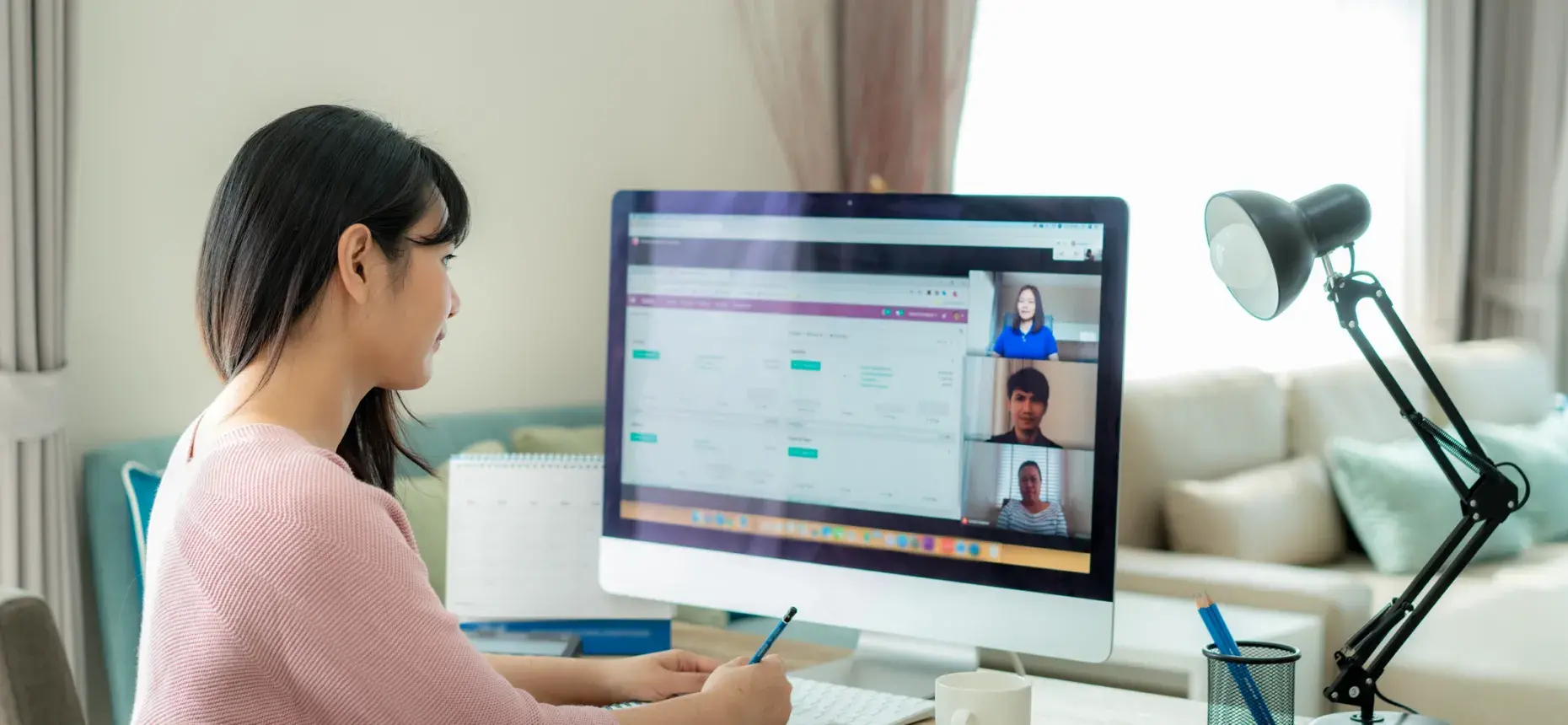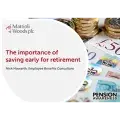So, after seven weeks of Working From Home (WFH), it seems some changes might be appearing on the horizon; well only if you live in England and only if you can’t WFH. We were told that we were all in this together, but now it seems that there are several different routes out of lockdown, with England going down one road and the rest of the UK travelling down alternative paths.
Let’s make one thing clear at the start: this article isn’t political and isn’t meant to criticise any specific politician/political point of view or indeed undermine politicians in general. But to quote Tom Peters, ‘If you're not confused, you're not paying attention’.¹
Thinking back to the start of this [lockdown] ‘adventure’, I have largely been focusing on the workers who are WFH, but the lockdown has split the working population of the UK into four distinct groups:
- Key workers: Doctors, nurses, NHS staff, care-workers, refuse collectors, postal service, supermarket workers and others. For almost all these workers the COVID-19 crisis hasn’t stopped them going out to work. In many cases it has changed working patterns and it may have significantly increased workloads.
- Furloughed: Employees who can’t easily work from home – retail staff, manufacturing, hospitality sector. In these situations, employees aren’t able to work remotely and in most cases their employer has ‘mothballed’/closed the business or almost all the business.
- Those with no work/self-employed: A growing number of employees have found that the crisis has resulted in them becoming unemployed. In addition, there are those people who are self-employed (for example hairdressers) who have found themselves unable to work because of the lockdown.
- Working From Home: Employees who are still working but have relocated their workplace to their home location.
Each of these groups of workers has had to deal with a set of new and stressful situations. In previous articles we have discussed how those WFH might be confronted with sleep issues, loneliness, ‘Zoom fatigue’ and a variety of other issues, but what about the rest of the workforce?
Lumping all the key workers together is rather difficult – the challenges facing a consultant oncologist and supermarket delivery driver are bound to be very different. But there are some common issues to consider for all key workers: increased workloads and restricted resources; personal safety – they are being asked daily to risk being infected while the majority of the population stays safe at home; and family safety – the potential of carrying the virus back home to vulnerable loved ones. As a result, there is a significant risk of increased levels of burnout and mental health issues due to stress and anxiety.
Those who have been laid off and the self-employed who can’t work are likely to have significant issues around finance and making ends meet. Government welfare provides some ‘safety net’ benefits, but these don’t really allow for longer-term financial planning and stability. The stress of financial insecurity can be crushing, especially when trying to provide for dependants and when there is no prospect of a light at the end of the tunnel. The strain of financial worries, coupled with issues around feelings of failure/self-worth and inactivity/boredom, will have a significant impact on both mental and physical health.
Finally, furloughed workers. These employees are receiving at least 80% of their pay but aren’t allowed to work. Although immediate financial issues might not be significant, there will be worries around job security and longer-term stability. In addition, not being able to work and having limited access to ‘activity’ will impact on mental health.
Four very different groups but clearly, despite the differences, each is coming under increased stress and mental health issues because of lockdown. Although we appear to be over the peak there is still some way to go and, unfortunately, it’s the ‘road-map’ out of lockdown that is likely to add to the stress and mental health issues going forward.
The majority of the UK working population wants to get back to normal working as soon (and as safely) as possible. The divergence of approach by the home countries and the confusion around UK Government advice is adding to the general levels of anxiety at the very time when, after seven weeks of lockdown, personal resilience has been considerably tested.
The increased stress of living through the COVID-19 crisis is affecting everyone’s mental health. The level of confusion around staying at home or going to work is adding to the problem. Some people are naturally more resilient to stress and anxiety than others, but we can all follow some simple guidelines that might help:
- Be kind to yourself and to others. Try to be patient and keep a positive outlook. This will help both you and the people you come into contact with (subject to social distancing).
- Try to focus on the things you can control and ignore the issues you don’t have an influence over.
- Don’t spend too much time digesting the news. The rolling 24-hour news stations have to fill time even when there is nothing new to talk about. This results in a considerable amount of ‘filler’ and speculation from commentators who may or may not be experts in their field.
- Accept that although the current financial situation might look bleak, there are always solutions available to help you manage debt and money worries – resources such as Citizens Advice, The Money Advice Service (part of the Money and Pensions Service) and The Money Saving Expert are there to help if required.
- Focus on the important things in your life – friends, family, relationships.
#stayathome #protectTheNHS #savelives and,
#stayalert #controlthevirus #savelives
¹ Thriving on Chaos: Handbook for a Management Revolution, Tom Peters, HarperBusiness, New York, 1991
































































































































































































